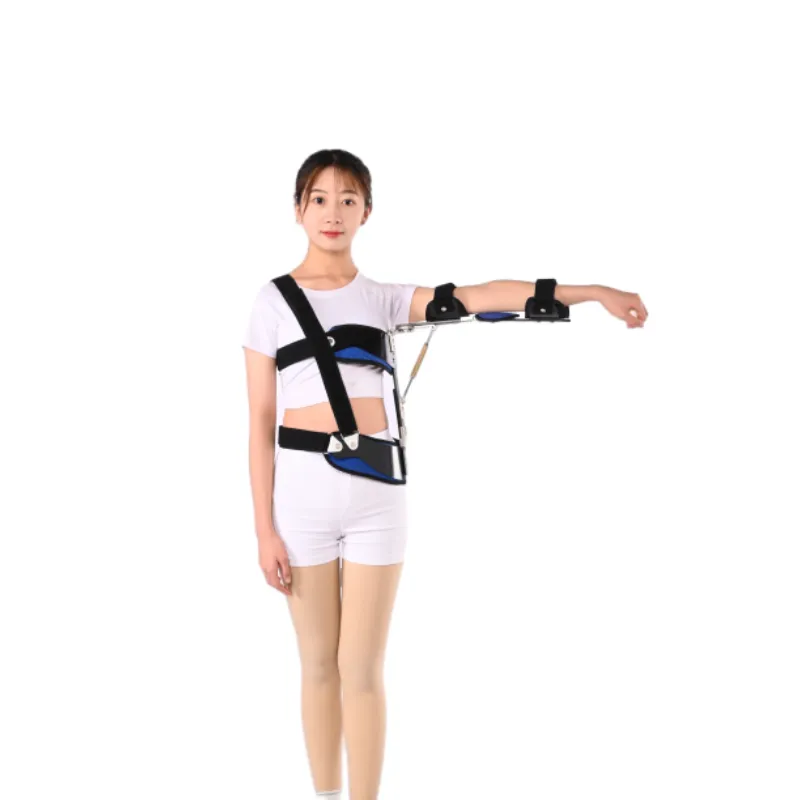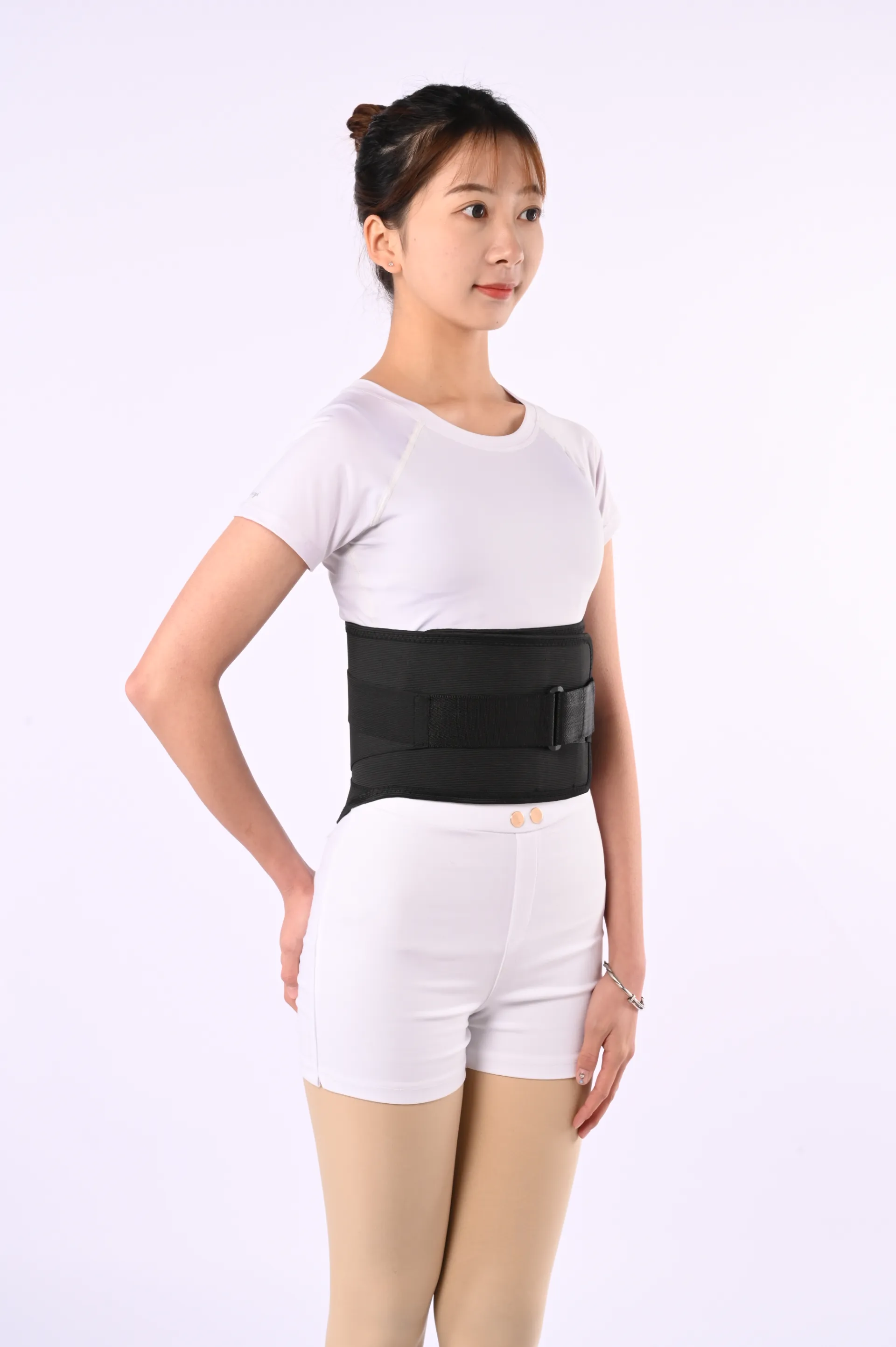Januari . 22, 2025 01:01
Back to list
when to use a neck brace
Understanding when to use a neck brace isn't just about following medical advice; it is about tailoring that advice to individual needs, activities, and ongoing care. A neck brace, also known as a cervical collar, is a medical device used to support an individual's neck. It can be prescribed by healthcare professionals for various conditions ranging from mild sprains to severe spinal injuries. A comprehensive grasp of its application can significantly enhance recovery, prevent further injury and support long-term health.
In accidents or emergency scenarios involving potential spinal injuries, first responders are often trained to utilize neck braces to prevent further injury during transportation. In such cases, the brace is essential until a thorough medical examination can ensure that no major spinal injuries are involved. Immediate immobilization can prevent complications which could be exacerbated by untethered neck movement, safeguarding the patient's neurological and musculoskeletal integrity. However, long-term dependency on neck braces is not advocated. Medical professionals caution against over-relying on these devices as they can lead to muscle atrophy from lack of movement. It's crucial that usage is meticulously monitored by healthcare providers to strike a balance between protecting the neck and allowing the necessary movement to maintain strength and flexibility. The weaning and rehabilitation process typically includes strengthening exercises as guided by physical therapists, to restore full function after brace removal. When considering purchasing a neck brace, it is paramount to consult with a specialist for a proper fitment tailored to the condition at hand. Ill-fitted braces could do more harm than good, exacerbating the injury or leading to secondary issues such as skin irritation or pressure sores. The material of the brace, its adjustability, and the level of immobilization provided must all be considered. Some braces incorporate advanced technology for evaluating pressure distribution, ensuring favorable patient outcomes by adjusting automatically or providing feedback. Ultimately, the decision to use a neck brace should always weigh the individual's specific needs, guided by clinical expertise and comprehensive assessments. Trusted healthcare professionals can offer the best advice, prescribing the appropriate type of brace whose design, material, and functionality align with the required therapeutic goals. By merging expertise with practical applications, individuals can navigate neck brace usage with confidence, optimizing healing and preventing further complications.


In accidents or emergency scenarios involving potential spinal injuries, first responders are often trained to utilize neck braces to prevent further injury during transportation. In such cases, the brace is essential until a thorough medical examination can ensure that no major spinal injuries are involved. Immediate immobilization can prevent complications which could be exacerbated by untethered neck movement, safeguarding the patient's neurological and musculoskeletal integrity. However, long-term dependency on neck braces is not advocated. Medical professionals caution against over-relying on these devices as they can lead to muscle atrophy from lack of movement. It's crucial that usage is meticulously monitored by healthcare providers to strike a balance between protecting the neck and allowing the necessary movement to maintain strength and flexibility. The weaning and rehabilitation process typically includes strengthening exercises as guided by physical therapists, to restore full function after brace removal. When considering purchasing a neck brace, it is paramount to consult with a specialist for a proper fitment tailored to the condition at hand. Ill-fitted braces could do more harm than good, exacerbating the injury or leading to secondary issues such as skin irritation or pressure sores. The material of the brace, its adjustability, and the level of immobilization provided must all be considered. Some braces incorporate advanced technology for evaluating pressure distribution, ensuring favorable patient outcomes by adjusting automatically or providing feedback. Ultimately, the decision to use a neck brace should always weigh the individual's specific needs, guided by clinical expertise and comprehensive assessments. Trusted healthcare professionals can offer the best advice, prescribing the appropriate type of brace whose design, material, and functionality align with the required therapeutic goals. By merging expertise with practical applications, individuals can navigate neck brace usage with confidence, optimizing healing and preventing further complications.
Prev:
Latest News
-
Hard Cervical Collar-Hebei Jianhang Technology Co., Ltd.|Rigid Neck Support&Adjustable FitNews Jul.23,2025
-
Hard Cervical Collar-Hebei Jianhang Technology Co.,Ltd.|Neck Support&Injury RecoveryNews Jul.21,2025
-
Hard Cervical Collar-Hebei Jianhang Technology Co.,Ltd.|Neck Support&Injury RecoveryNews Jul.21,2025
-
Hard Cervical Collar-Hebei Jianhang Technology Co.,Ltd.|Neck Support&Injury RecoveryNews Jul.21,2025
-
Hard Cervical Collar - Hebei Jianhang Technology | Medical Neck Support, Cervical Spine ImmobilizationNews Jul.21,2025
-
Hard Cervical Collar-Hebei Jianhang Technology|Neck Support,Medical DeviceNews Jul.21,2025
Have a question? Keep in touch.





















